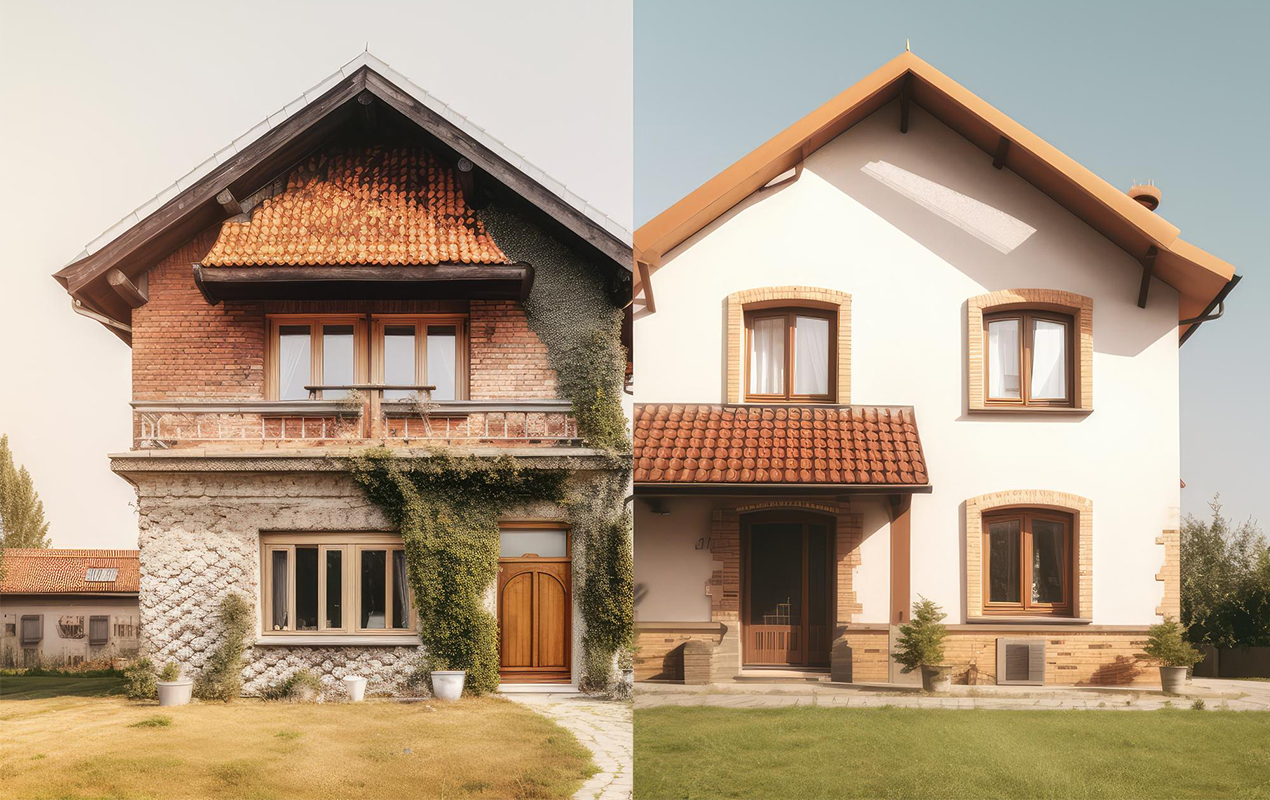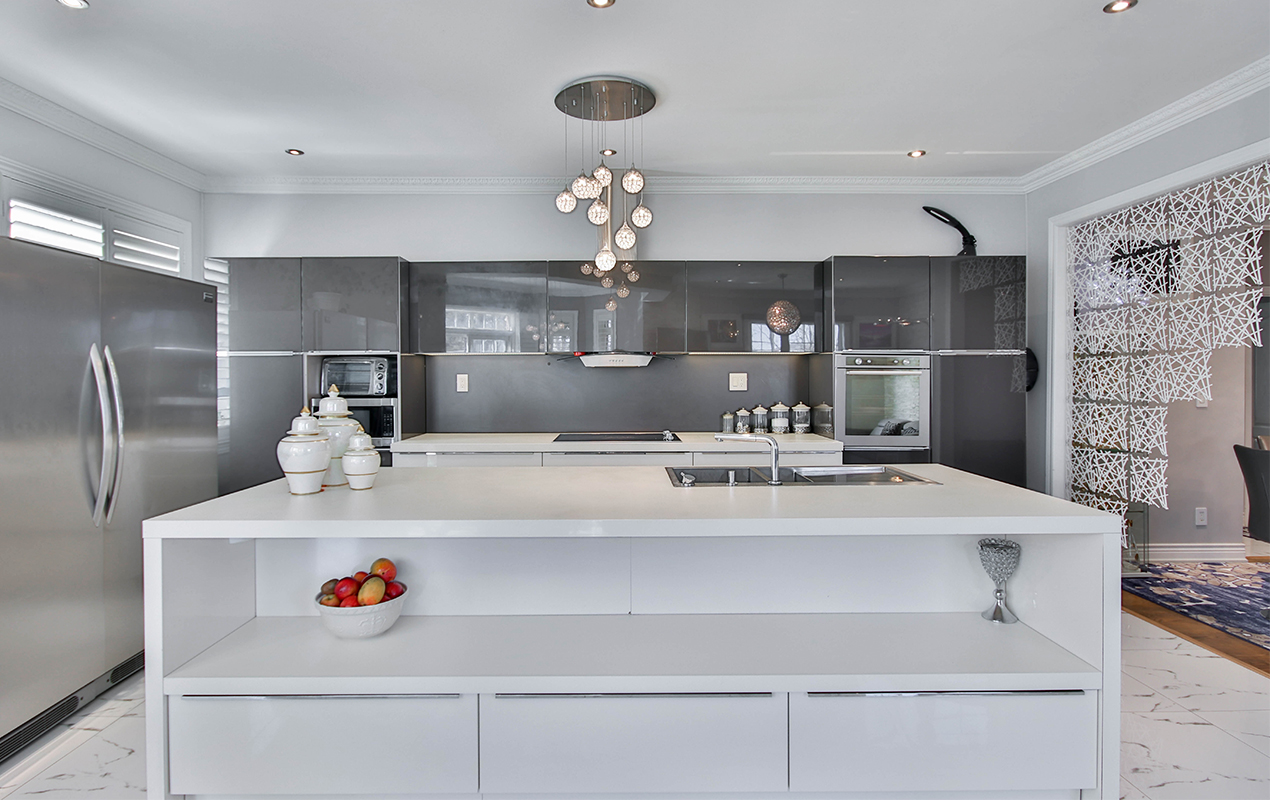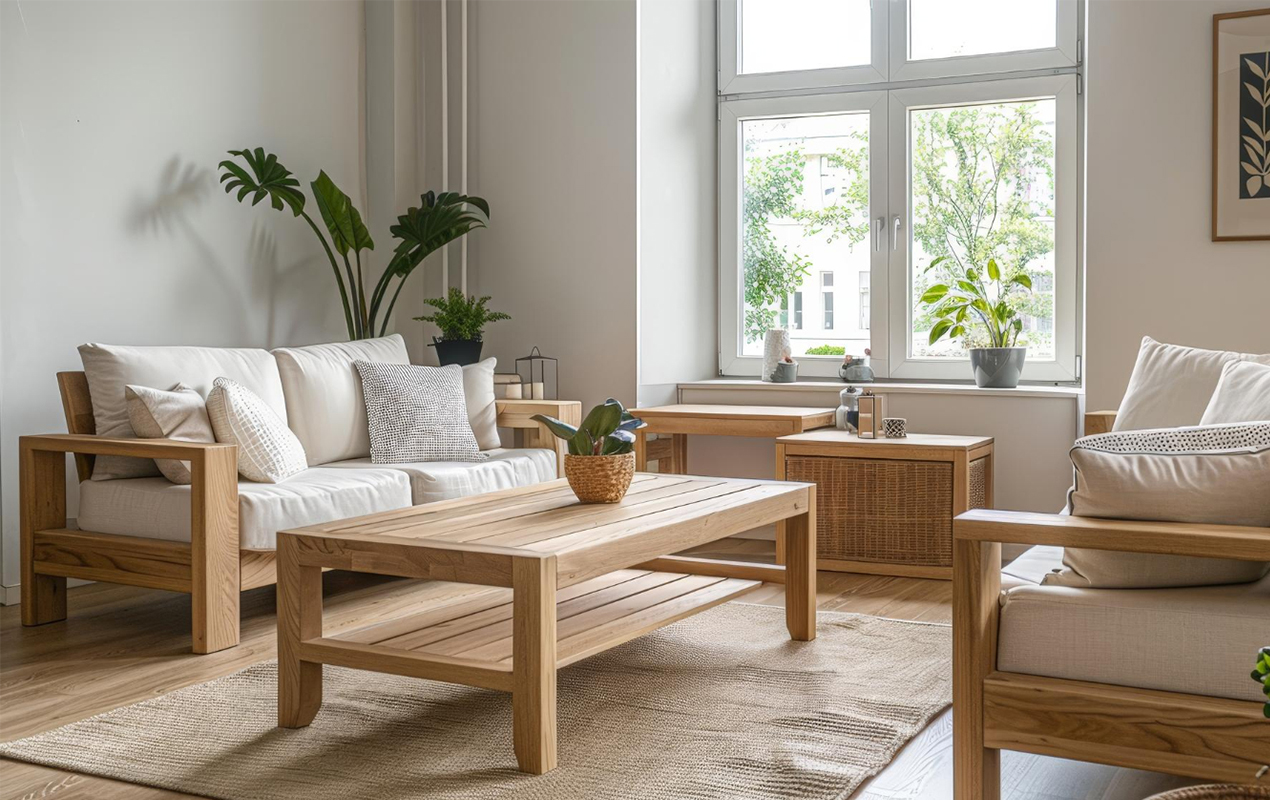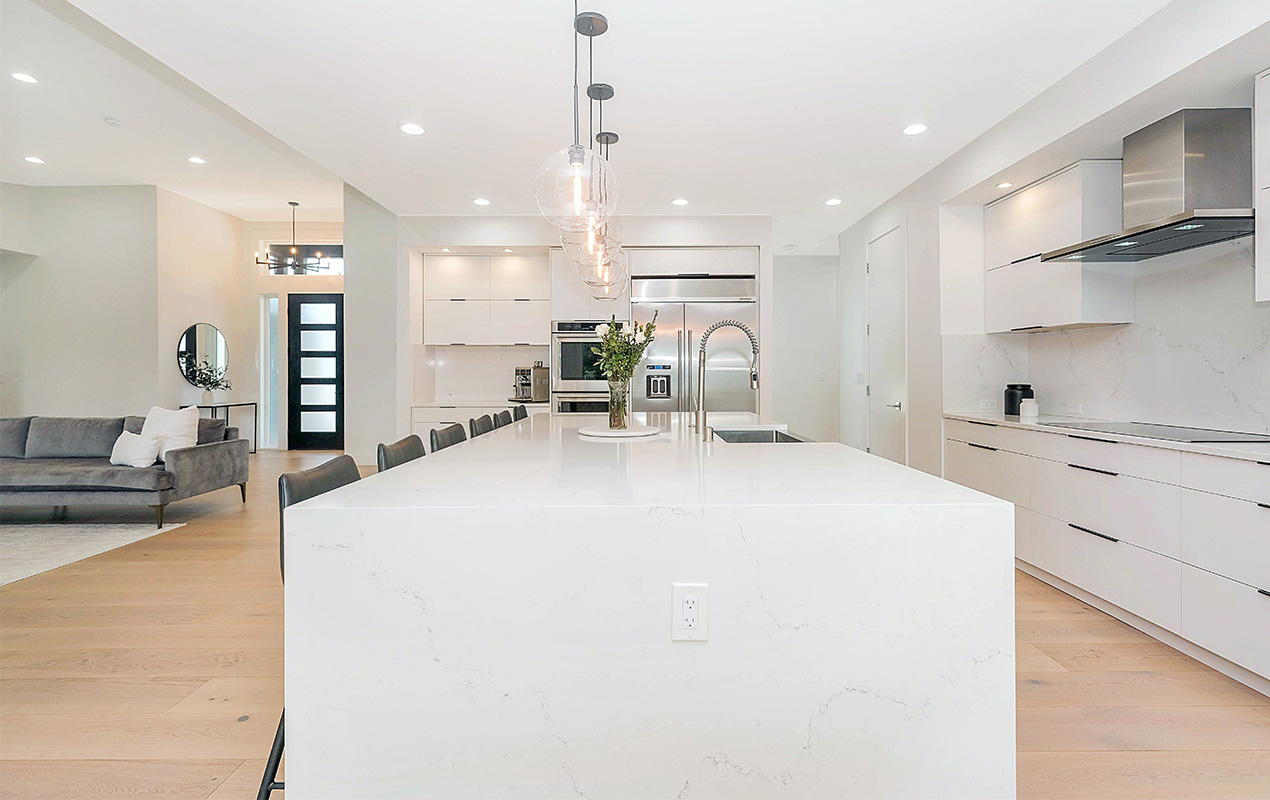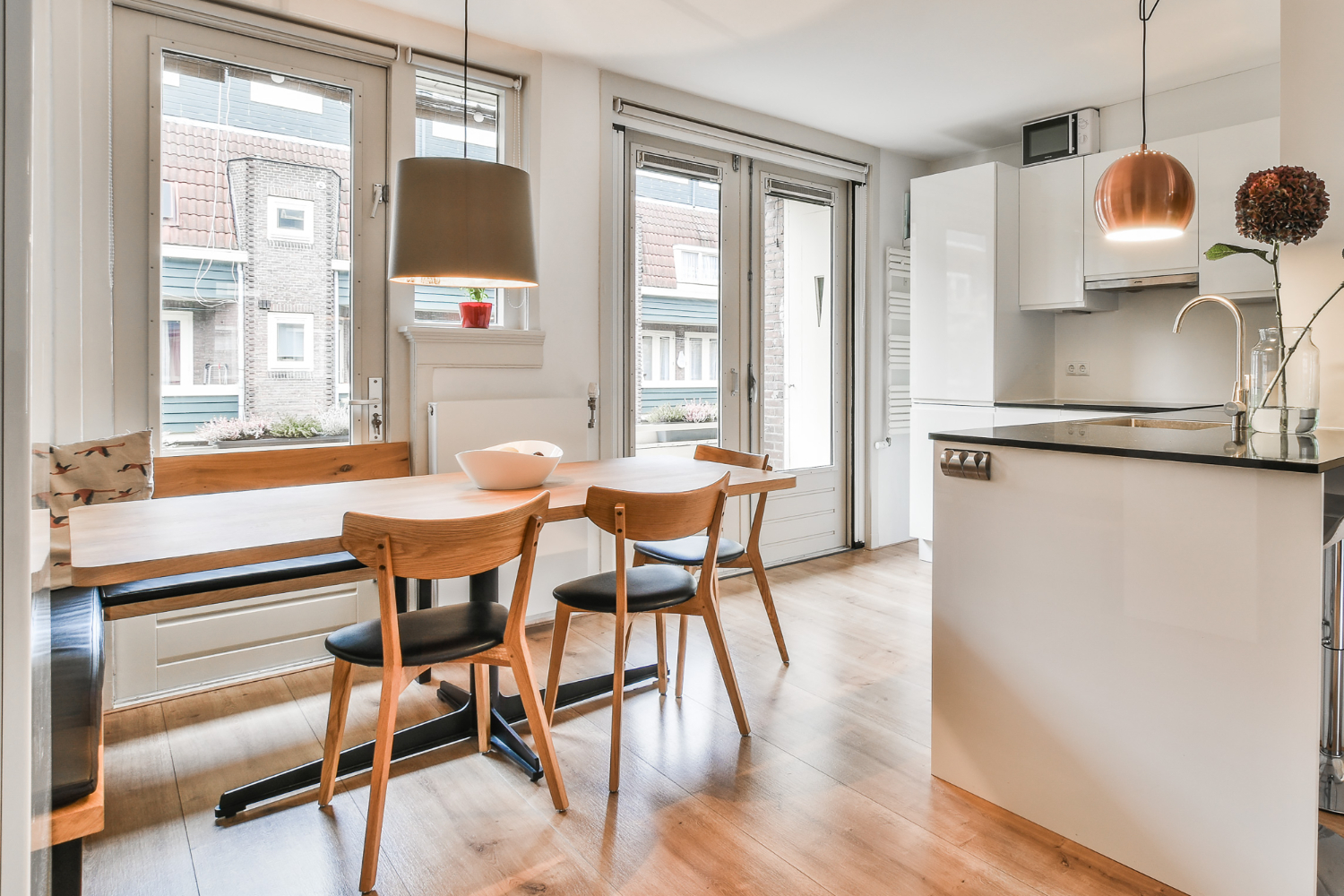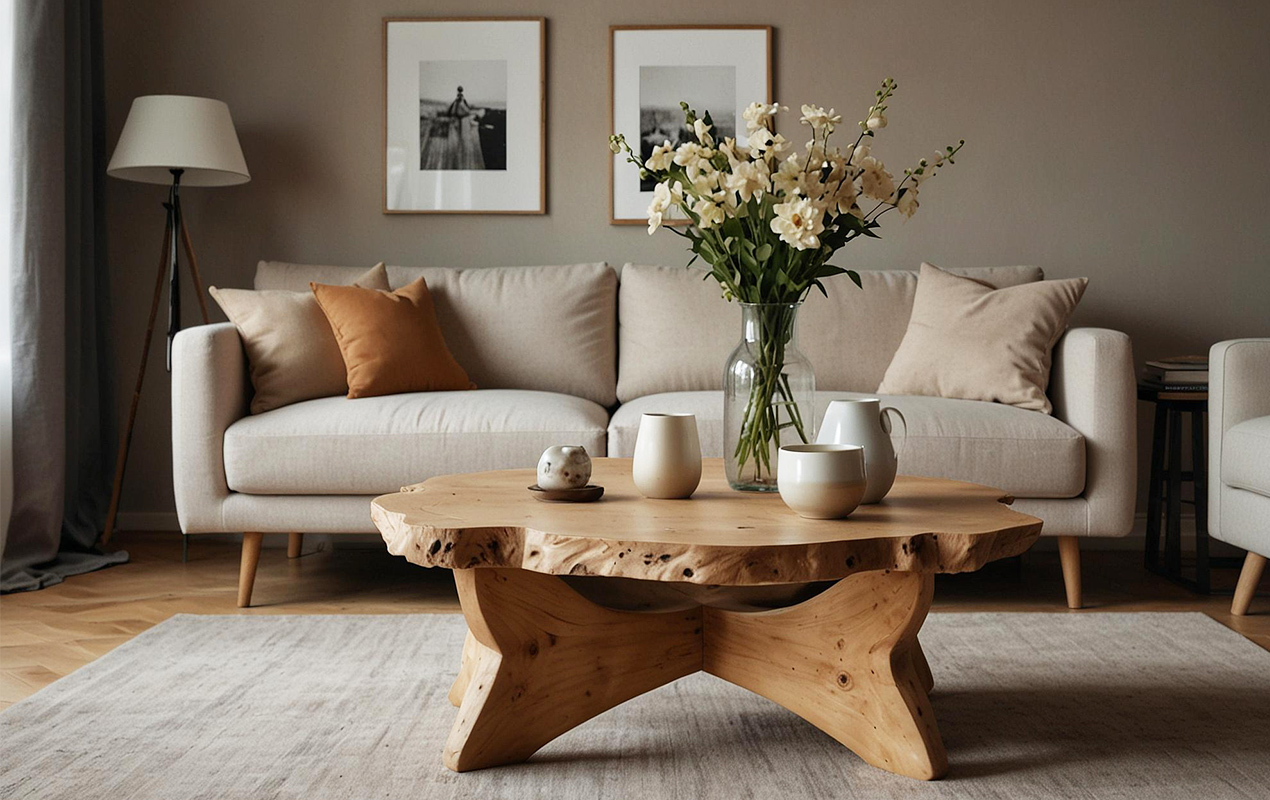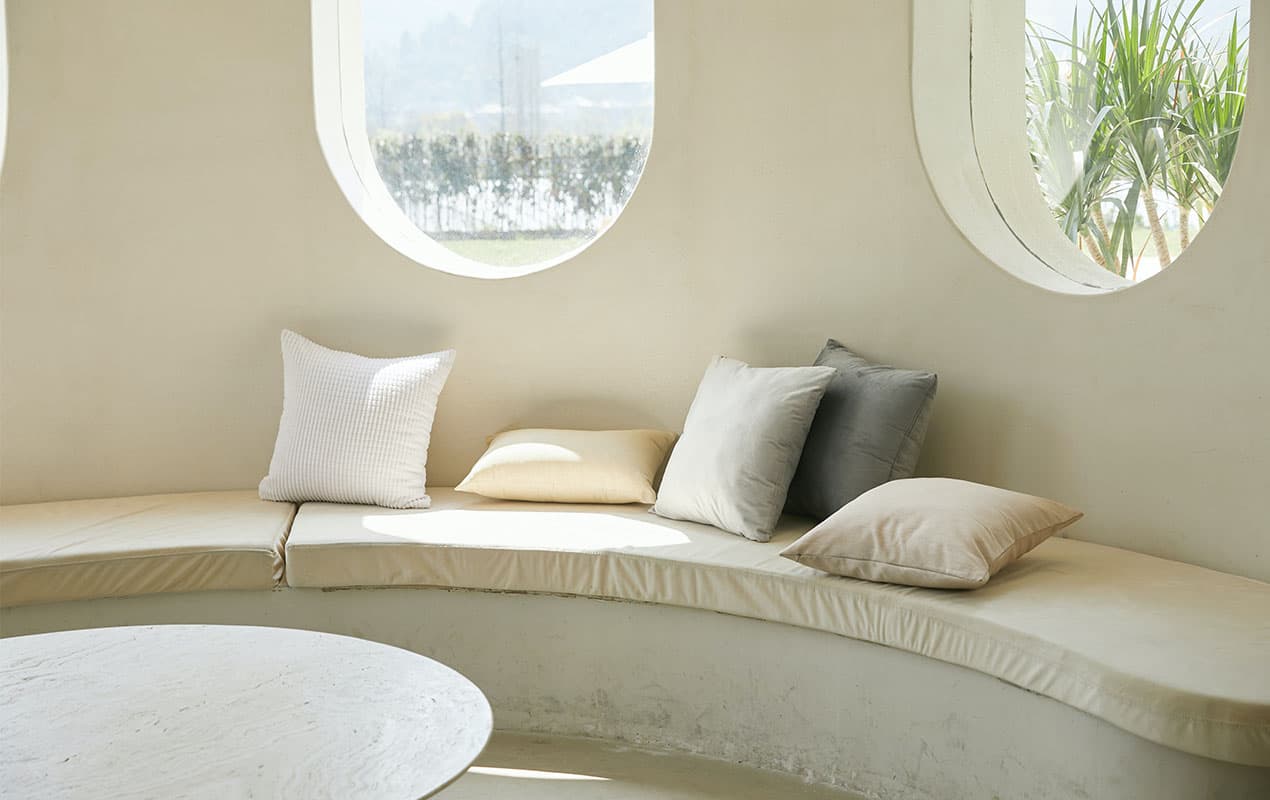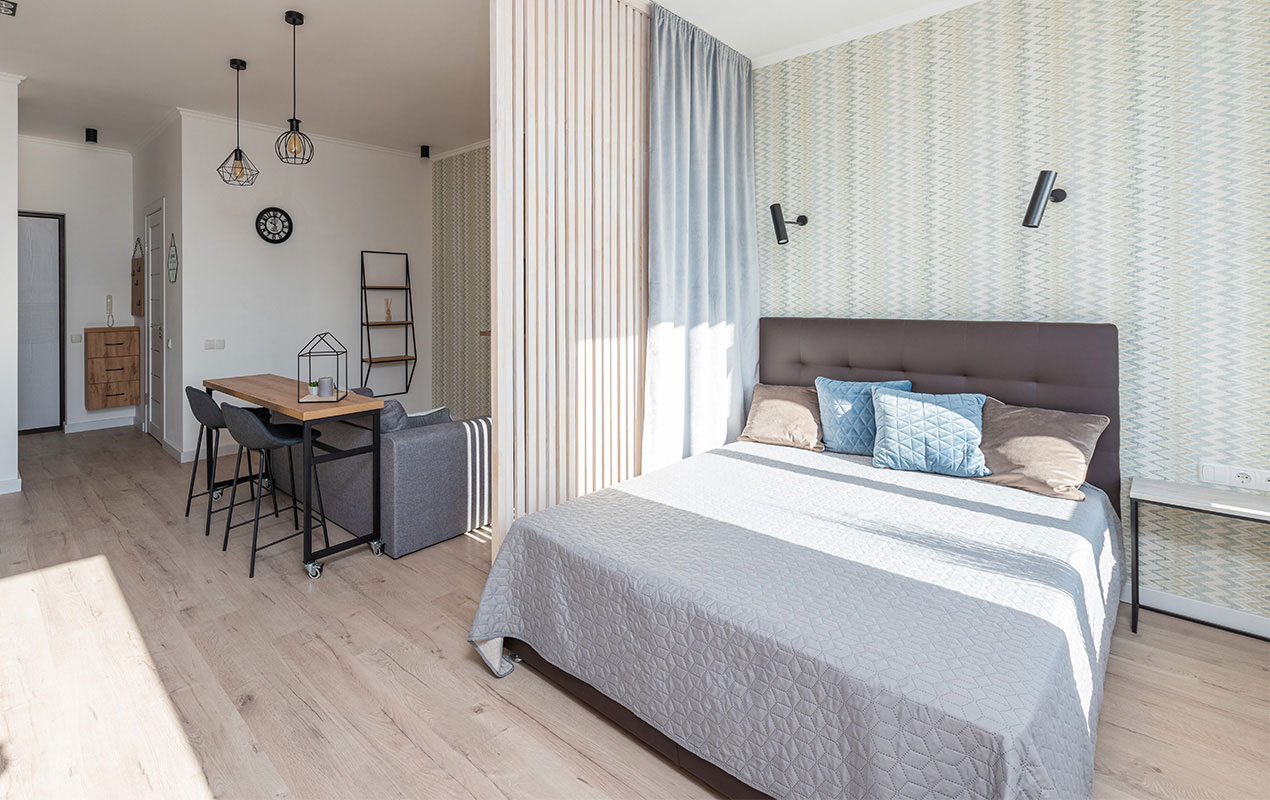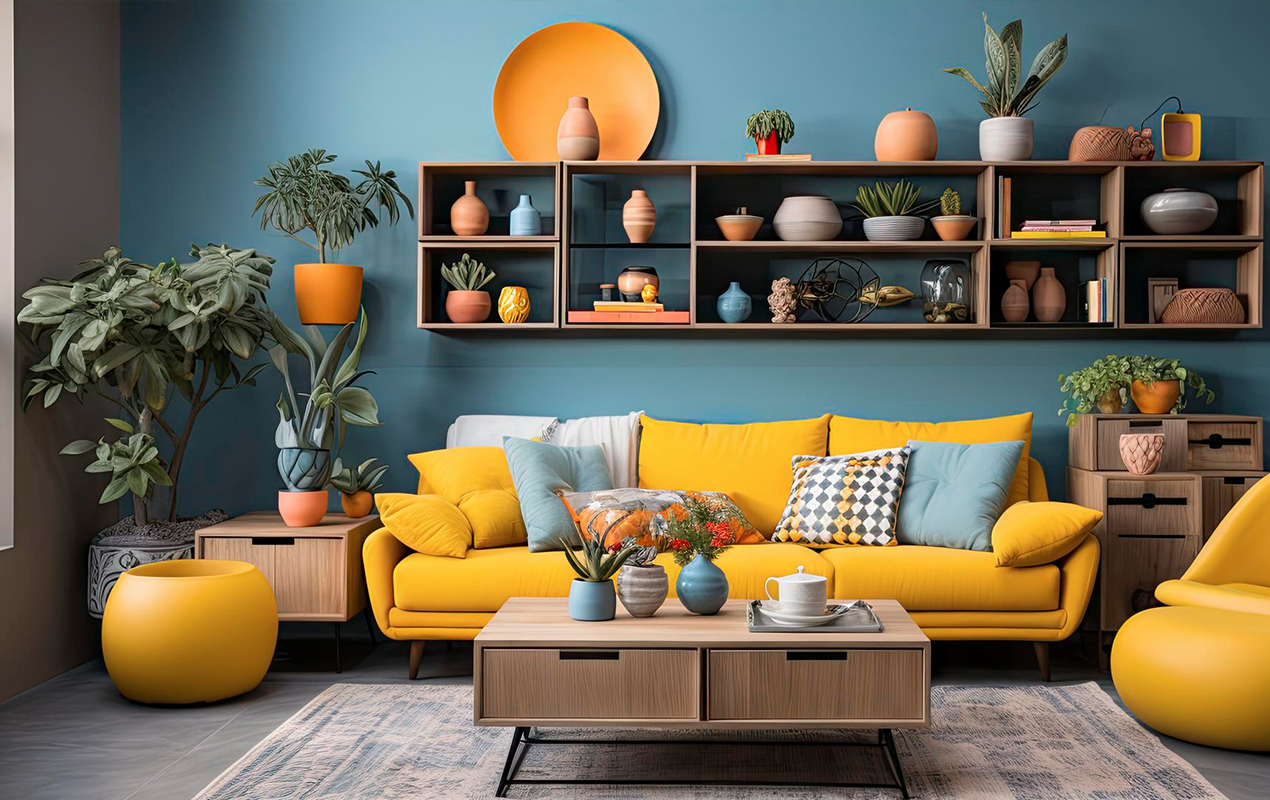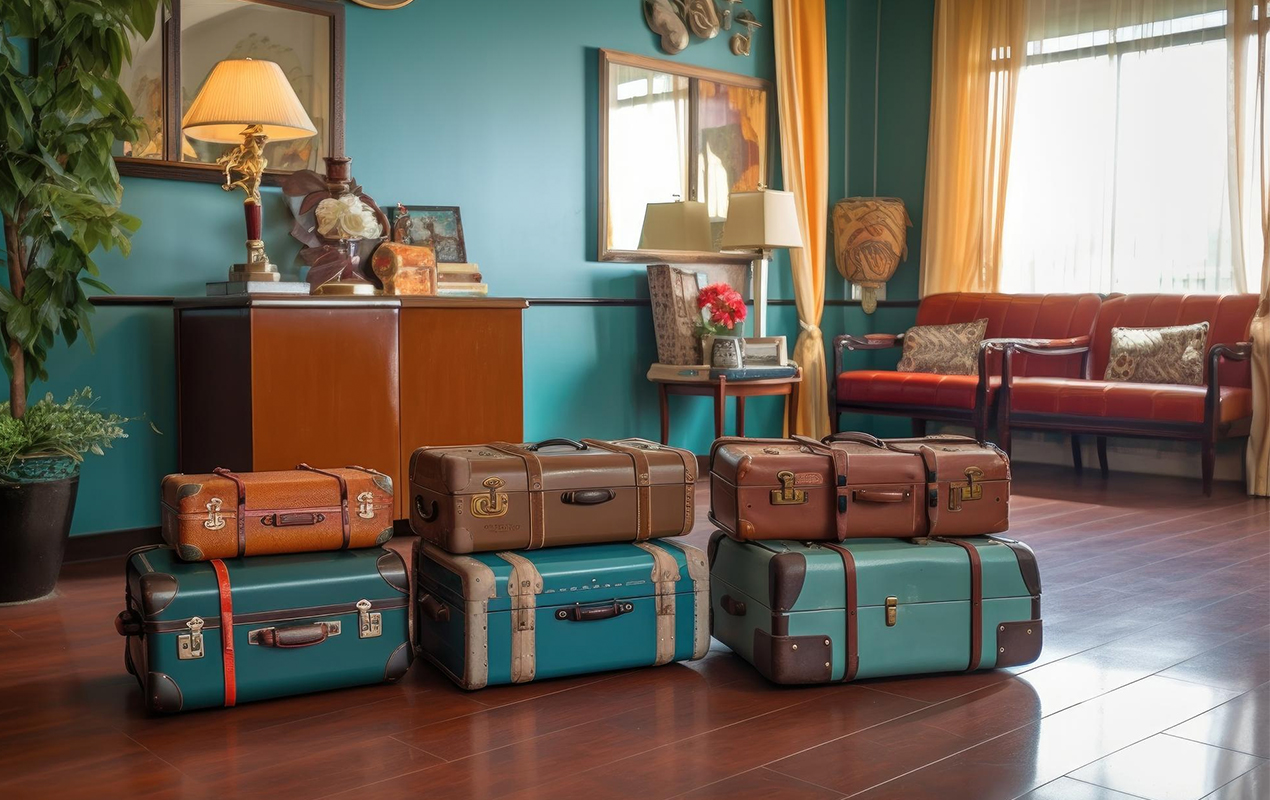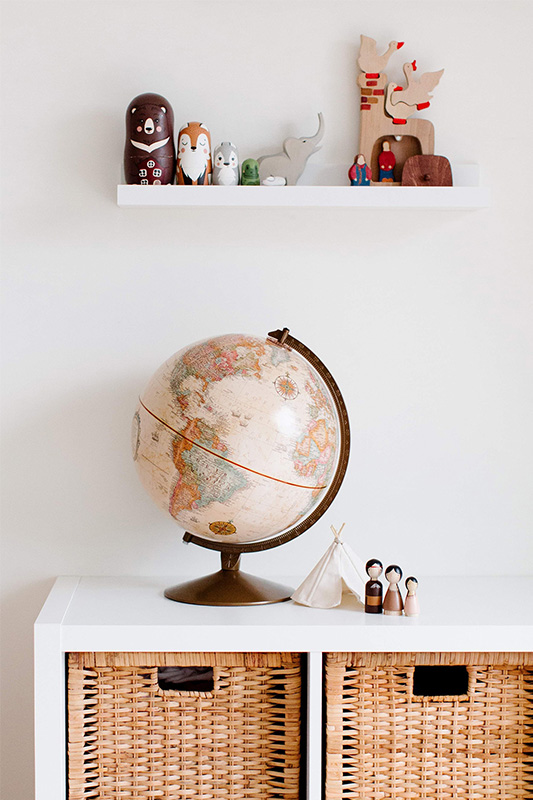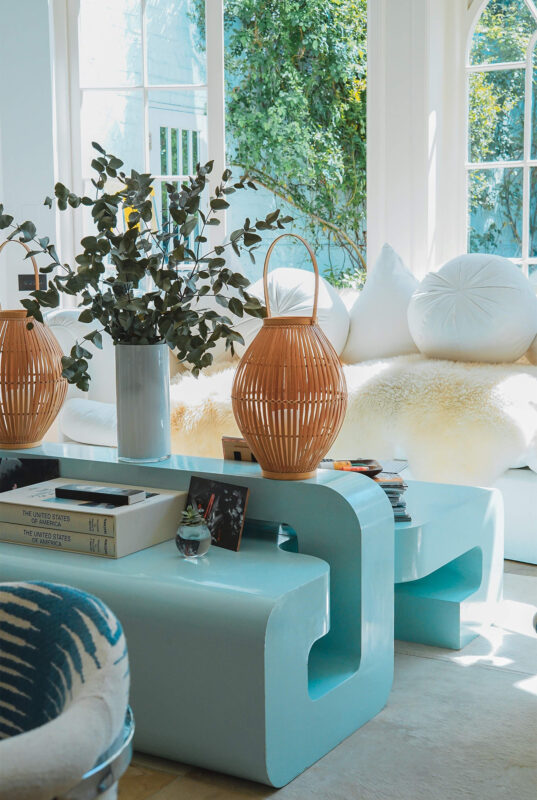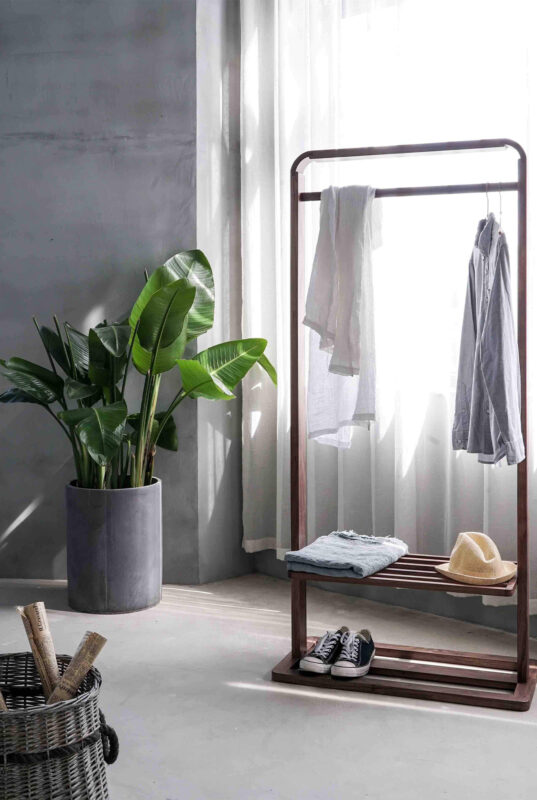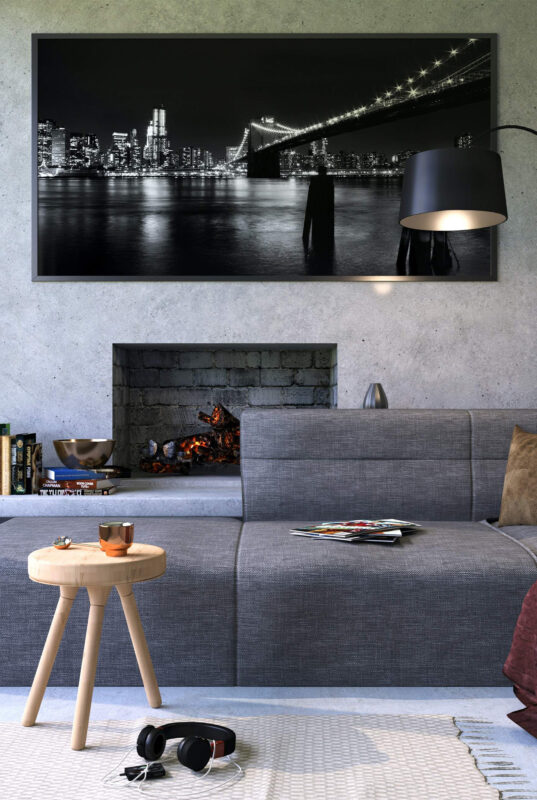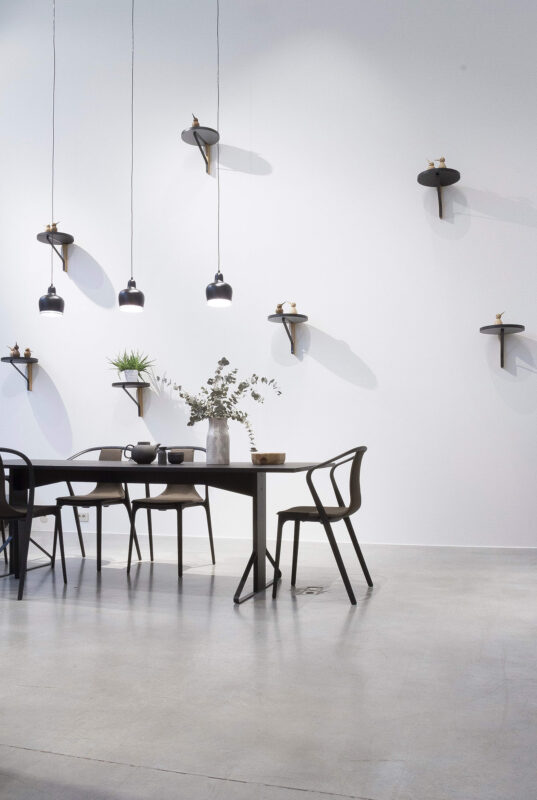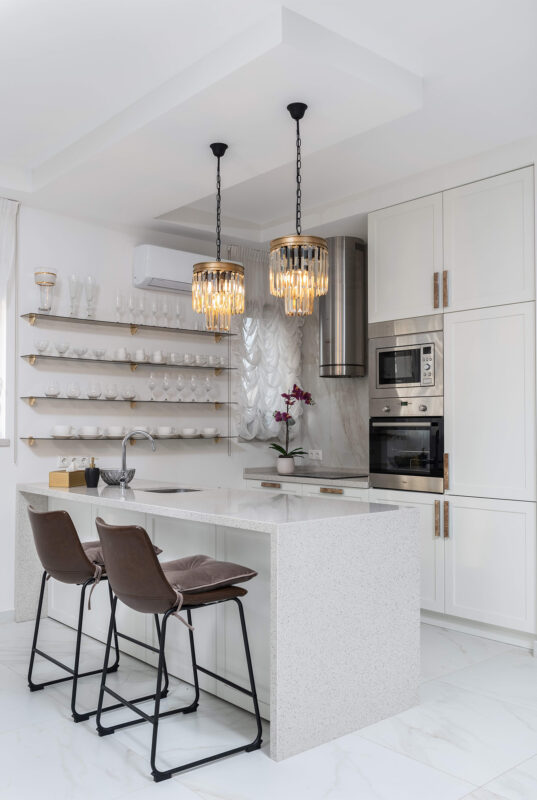Blog
The #1 Trick to Make ANY Room Feel Twice Its Size (Hint: It’s NOT Paint)
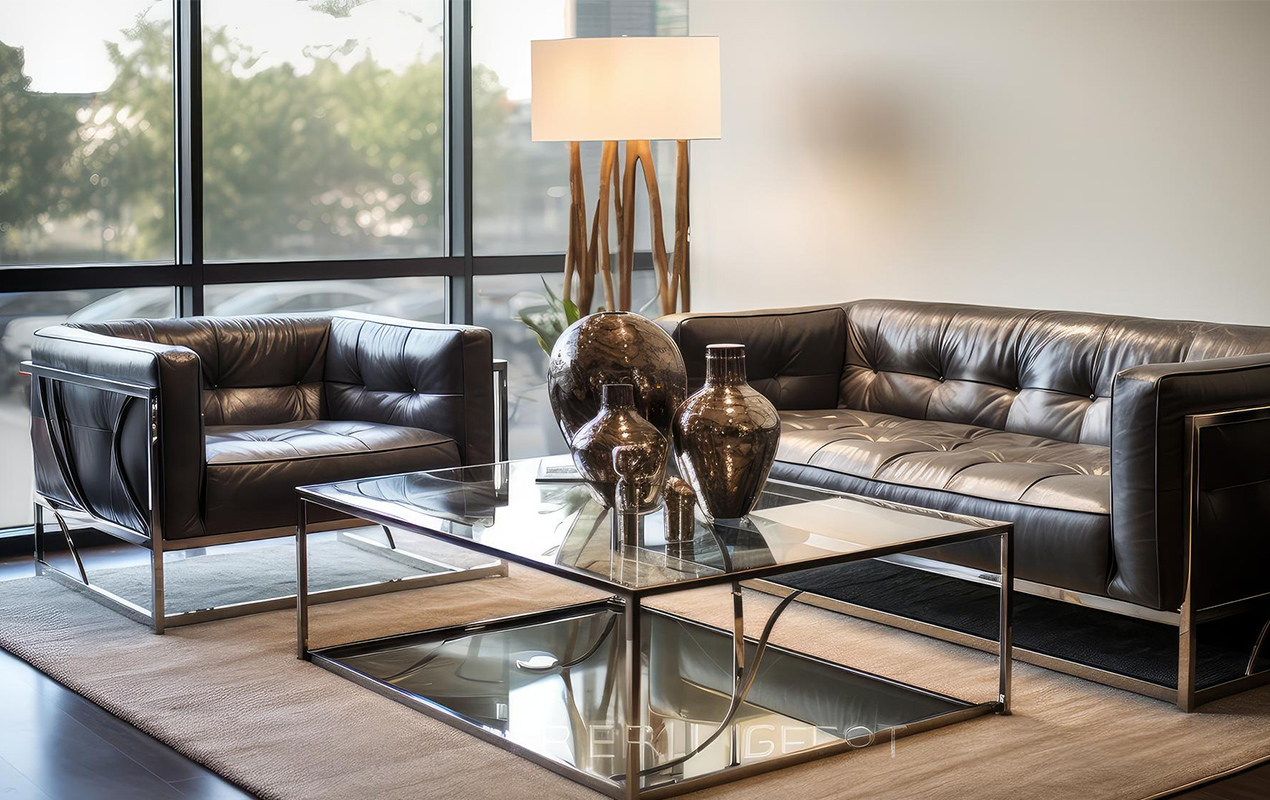
Ever found yourself wishing your living room felt just a little bit bigger? Or maybe your dining area could use some breathing room. We’ve all been there, staring longingly at those magazine spreads showcasing airy, expansive homes, wondering if such spaciousness is even possible in our reality.
But what if there’s a simple trick, a design secret hiding in plain sight, that could help you achieve that elusive sense of openness? Enter the glass table… But does it really work? Or, is it just another design myth, a shiny distraction that ultimately leaves us feeling just as cramped?
Let’s unravel this together… delving into the aspects of visual weight, the subtle art of how our eyes perceive space. We’ll explore the properties of glass tables and how they interact with light and our surroundings to make the rooms around us feel and appear bigger. And we’ll explain how strategically placing a glass table can reshape a room from feeling “cozy” to feeling open and inviting.
Whether you’re a home decor fanatic or simply looking for clever ways to maximize your space, this post is for you. Join us to discover how opting for glass in our furniture choices can bring a breath of fresh air into your home.
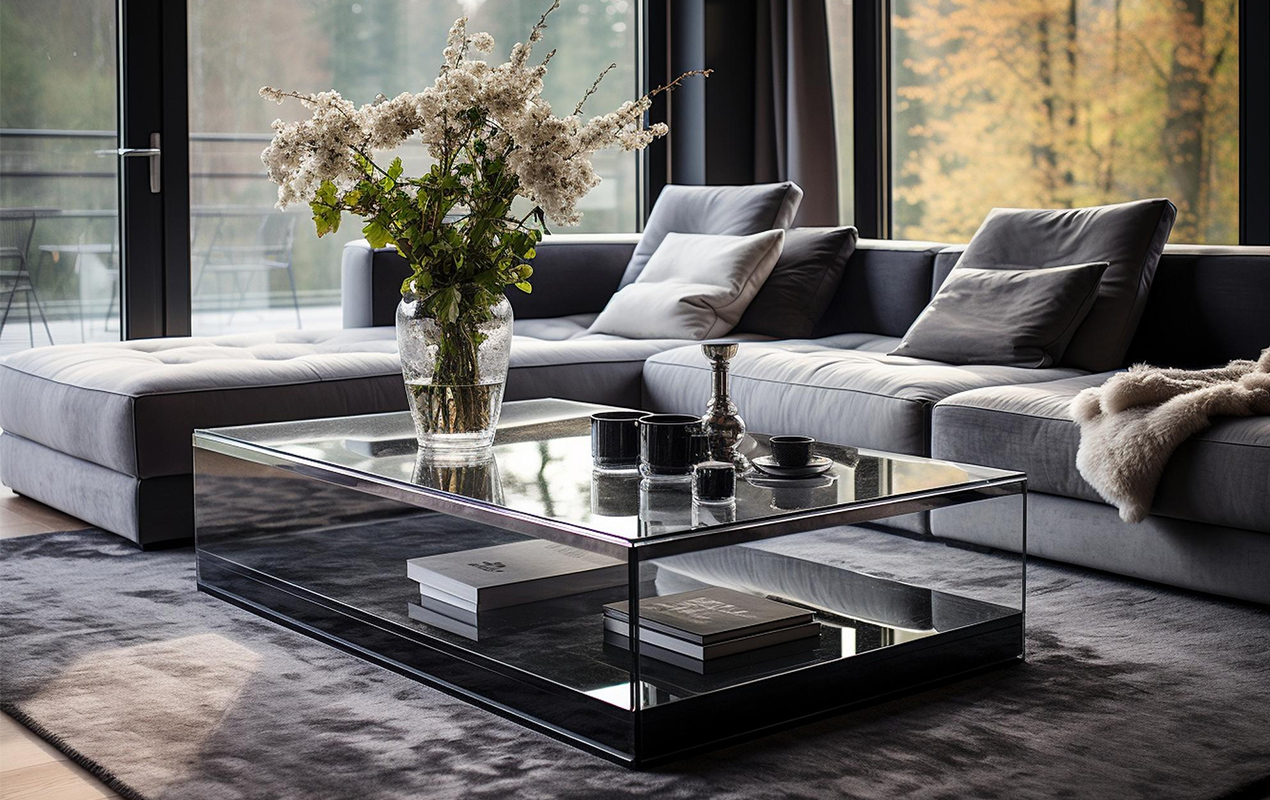
Photo by Sharifgraphics from Freepik
Glass vs. Wood: A Tale of Two Tables
Let’s kick off our showdown with a classic face-off: glass tables vs. wood tables. Both have their distinctive appeal, but how do they stack up when it comes to creating the illusion of space?
First, let’s envision stepping into a room with a dark wood dining table dominating its center. It’s beautiful, no doubt, but it also feels… heavy. Now let’s take a look from a different angle with that same room, but with a glass alternative in its place. Suddenly, the space feels lighter, and airier, almost as if you could breathe a little easier.
That’s the difference between wood and glass – a contrast in visual weight.
Wood: While offering warmth and a sense of tradition, wood furniture can also feel visually substantial. Its solid form and often darker tones produce a sense of grounding, which can be wonderful in large, open spaces. But in a smaller setting? It might feel a bit like an elephant in the room.
Glass: On the other hand, glass is the master of illusion. Its transparency allows light to flow through, making it seem almost weightless, tricking the eye into perceiving more space than there actually is. This makes glass tables a favourable choice for smaller interiors or areas that crave more light and airiness.
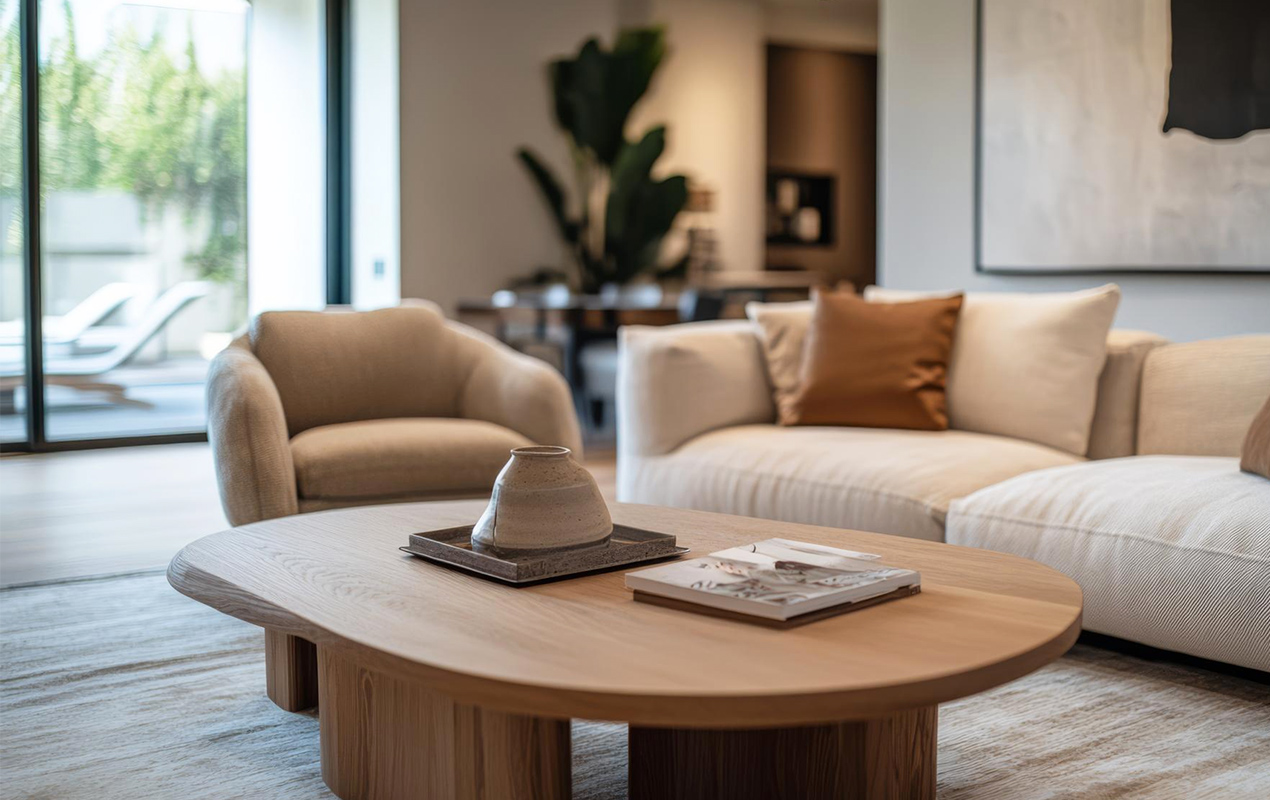
Photo by Arif Hakim NH from Freepik
Pros and Cons
Of course, there’s more to consider than just visual weight when choosing between glass and wood tables. Let’s weigh the pros and cons of each:
| Feature | Glass Table | Wood Table |
|---|---|---|
| Visual Impact | Creates an open, airy feel; can make rooms appear larger. | Adds warmth and a feeling of tradition; can feel grounding and substantial. |
| Style | Modern, minimalist, versatile. | Classic, rustic, or traditional, depending on the wood type and finish. |
| Maintenance | Prone to fingerprints and smudges; requires regular cleaning. | Relatively low maintenance, but may need occasional polishing or refinishing. |
| Durability | Can scratch or chip, but tempered glass is more resistant. | Generally durable, but can be susceptible to scratches, dents, or water damage. |
| Cost | Can range from affordable to high-end, depending on the quality and design. | Can also vary in price, with solid wood tables often being more expensive. |
Finding the Right Fit: Where to Place Your Table
Ultimately, the choice between glass and wood depends on your style and the size and layout of your room. Here’s a quick guide to help you decide:
-
Glass: If you’re dealing with a small or cramped space, a glass table can work wonders to open it up, especially in rooms that receive limited natural light.
-
Wood: If you have a large, open-plan living area or dining room, a wood table can add warmth and grandeur. It’s also a good alternative if you prefer a more traditional or rustic aesthetic.
-
Mix and Match: Don’t be afraid to combine the two… A glass table with a wood base can offer the best of both worlds, providing visual lightness with a natural twist.
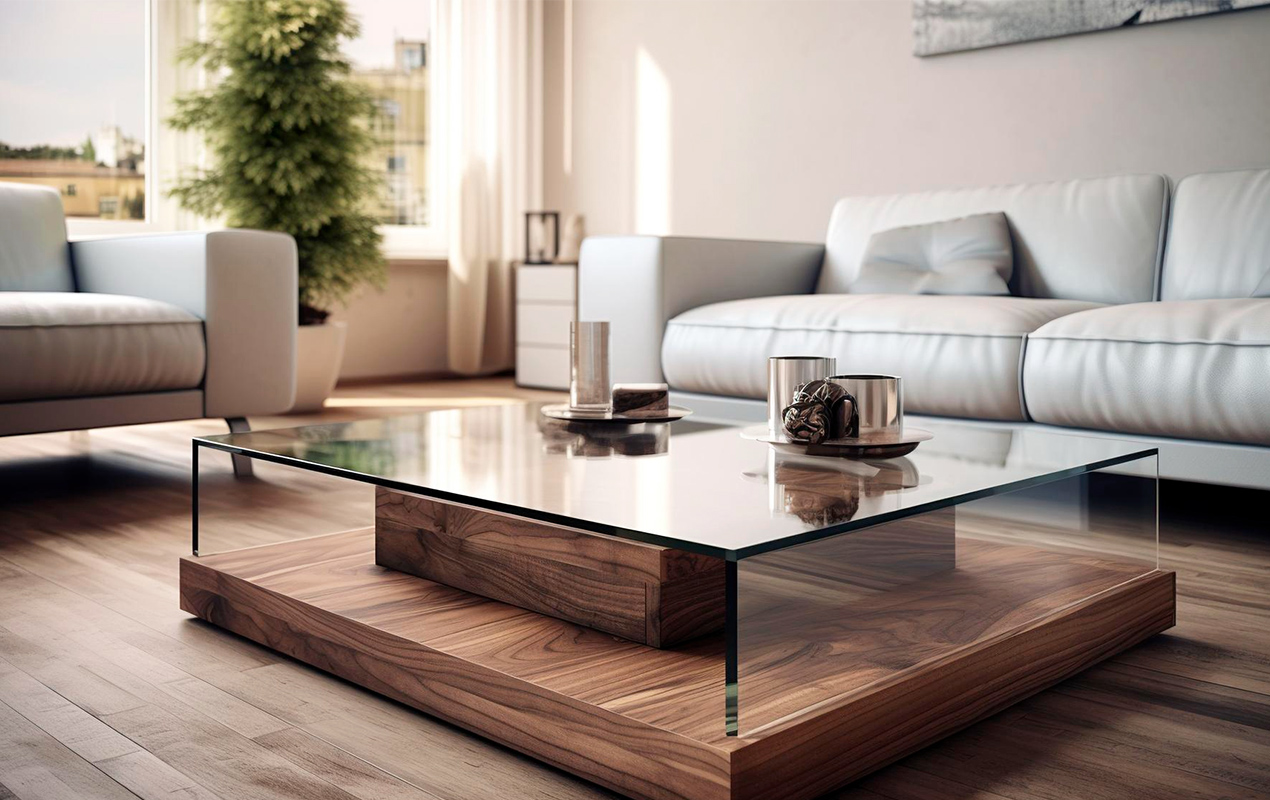
Photo by Deirastudio from Freepik
But what about metal tables? How do they compare to glass in the battle for spaciousness? We’ll explore that next…
Metal vs. Glass: A Clash of Cool
Next up in our matchup: the sleekness of metal versus the elegance of glass. Both exude a modern vibe, but which one reigns supreme when it comes to maximizing space?
Metal
Metal tables, with their clean lines and sturdy build, introduce industrial chic. Whether it’s stainless steel, brushed brass, or wrought iron, metal evokes strength and durability. But can its solid presence weigh down a space?
| Pros of Metal Tables | Cons of Metal Tables |
|---|---|
| Modern Edge: Offers a contemporary aesthetic that complements various design styles. | Visual Density: Thicker or darker finishes can create a feel of heaviness in a room. |
| Durability: Sturdy and resistant to scratches and dents, ideal for high-traffic areas. | Coldness: Can feel cold and impersonal compared to other materials. |
| Versatility: Available in a variety of finishes and styles, from sleek to ornate. | Noise: Can be noisy when objects are placed or moved on them. |
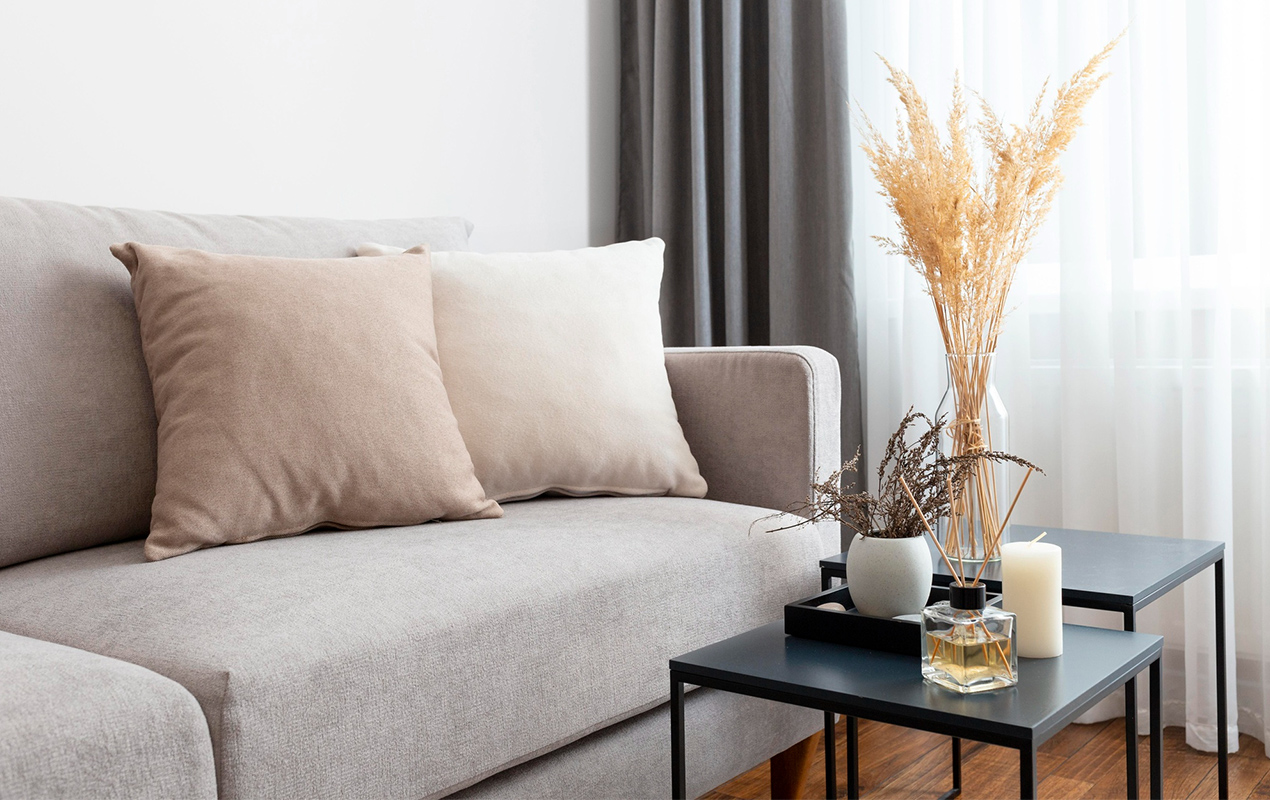
Photo by Freepik
The Glass & Metal Fusion
Now, let’s explore the intriguing mix of glass tops paired with metal bases. This fusion marries the airy quality of glass with the sleekness of metal. The top’s transparency maintains the illusion of space, while the metal base adds an element of groundedness.
Evaluating the Impact
The impact of a glass-and-metal table on room size hinges heavily on the design of the metal base. A slim, minimalist base will enrich the feel of the glass, while a thicker, more ornate base might form visual bulk.
| Design Style | Glass & Metal Table Compatibility |
|---|---|
| Industrial | Natural fit, complements exposed brick, concrete floors, and raw wood accents. |
| Minimalist | Adds an understated yet upscale feel. |
| Eclectic | Adds a modern twist to a mix of vintage and contemporary pieces. |
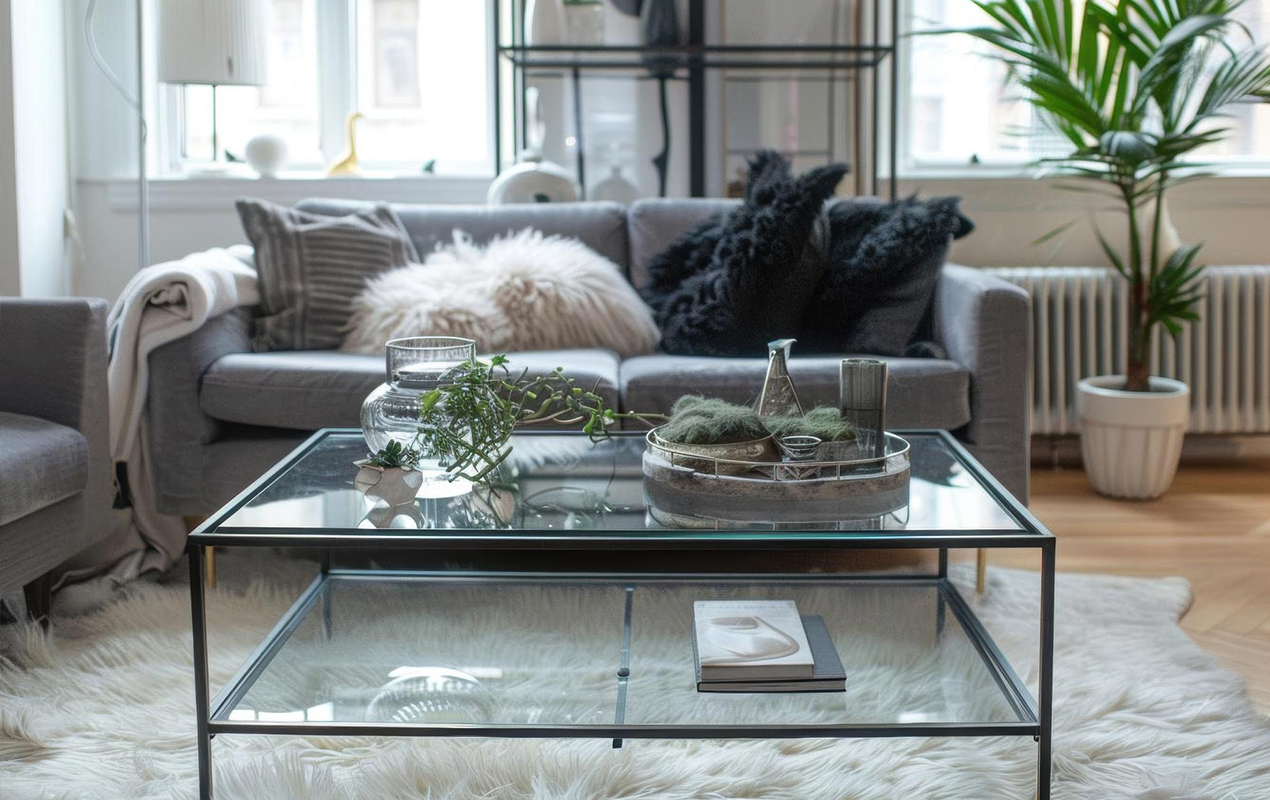
Photo by Madhanajah from Freepik
Glass Tables in Action: Room-by-Room Guide
Alright, let’s get down to the nitty-gritty. We’ve talked about the theory, but how do glass tables actually perform in different rooms? Can they truly make a noticeable difference in your everyday living spaces?
Living Room
Glass coffee tables are like a breath of fresh air for our living rooms, especially in smaller setups. They prevent visual clutter and allow light to bounce around the room, making the space feel brighter and more expansive. But does a glass coffee table work with every style of sofa?
- Modern & Minimalist: Pair a glass coffee table with a sleek, low-profile sofa for a clean and contemporary look.
- Traditional & Transitional: A glass coffee table can add weightlessness to a more traditional living room, balancing heavier furniture pieces.
- Bohemian & Eclectic: A glass coffee table with a unique base or interesting shape can complement a bohemian or eclectic décor scheme.
Bedroom
Your bedroom should be a sanctuary—a place to relax and recharge. But if it’s feeling a bit cramped, it can be hard to truly unwind. Even in the most compact of bedrooms, a small glass table can make a world of difference. Used as a nightstand, it provides a convenient surface for your bedtime essentials without adding visual bulk. But how do you ensure your table complements your existing bedroom furniture?
- Bed Frames: Glass tables pair with a variety of bed frame styles, from sleek platform beds to romantic canopy beds. Choose a table with a base that echoes the material or finish of your bed frame for a cohesive look.
- Other Furniture: Consider the style of your bedroom when choosing a table. If your dresser and other pieces are more traditional, opt for a glass table with classic lines. For a modern bedroom, opt for a table with a minimalist metal base.
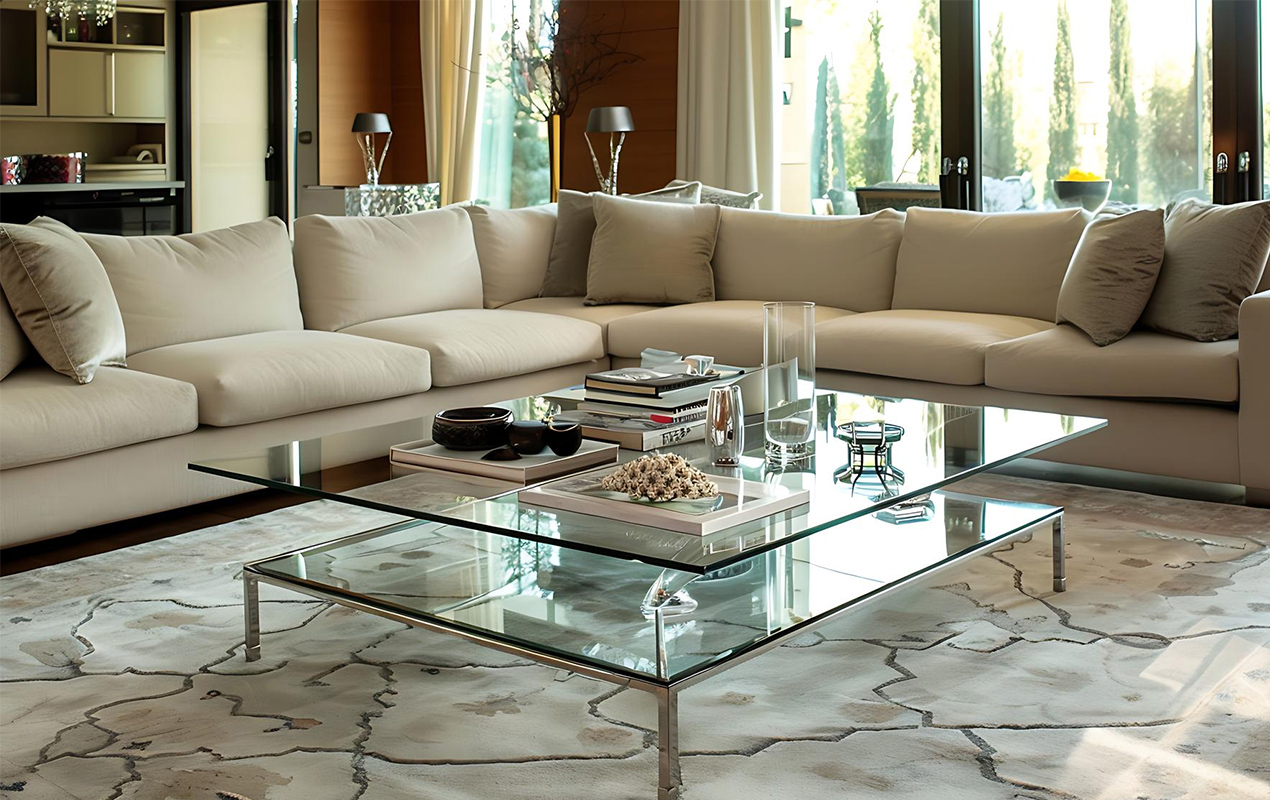
Photo by Mueezrana0786 from Freepik
We’ve explored the living room and bedroom, but what about other areas of your home? Can glass tables work their magic in dining rooms, entryways, and even outdoor spaces?
Dining Room
Glass dining tables offer an undeniable elegance and sophistication. They allow you to showcase your beautiful floors or area rug, and they reflect light, creating a warm and inviting atmosphere. But choosing the right glass dining table requires careful consideration.
- Size & Shape: Opt for a table that comfortably accommodates your needs without overwhelming the space. Round or oval tables can create flow in smaller rooms.
- Surrounding Décor: Consider the style of your dining chairs, lighting fixtures, and other décor elements. A glass table can complement a variety of styles, from modern and minimalist to traditional and rustic.
Glass Tables in Unexpected Places
Glass tables aren’t just limited to living rooms, dining rooms, and bedrooms. Their versatility allows them to shine in a variety of other spaces, adding style wherever they’re placed.
- Entryway: A small glass console table can make a grand entrance in your foyer, providing a place to drop keys and mail without cluttering up the space.
- Patio or Balcony: Outdoor tables can withstand the elements while offering a sleek and modern look for your al fresco dining area.
The key is to choose the right size and style of glass table for the specific space. Consider the function of the table, the surrounding décor, and the overall vibe you want to create.
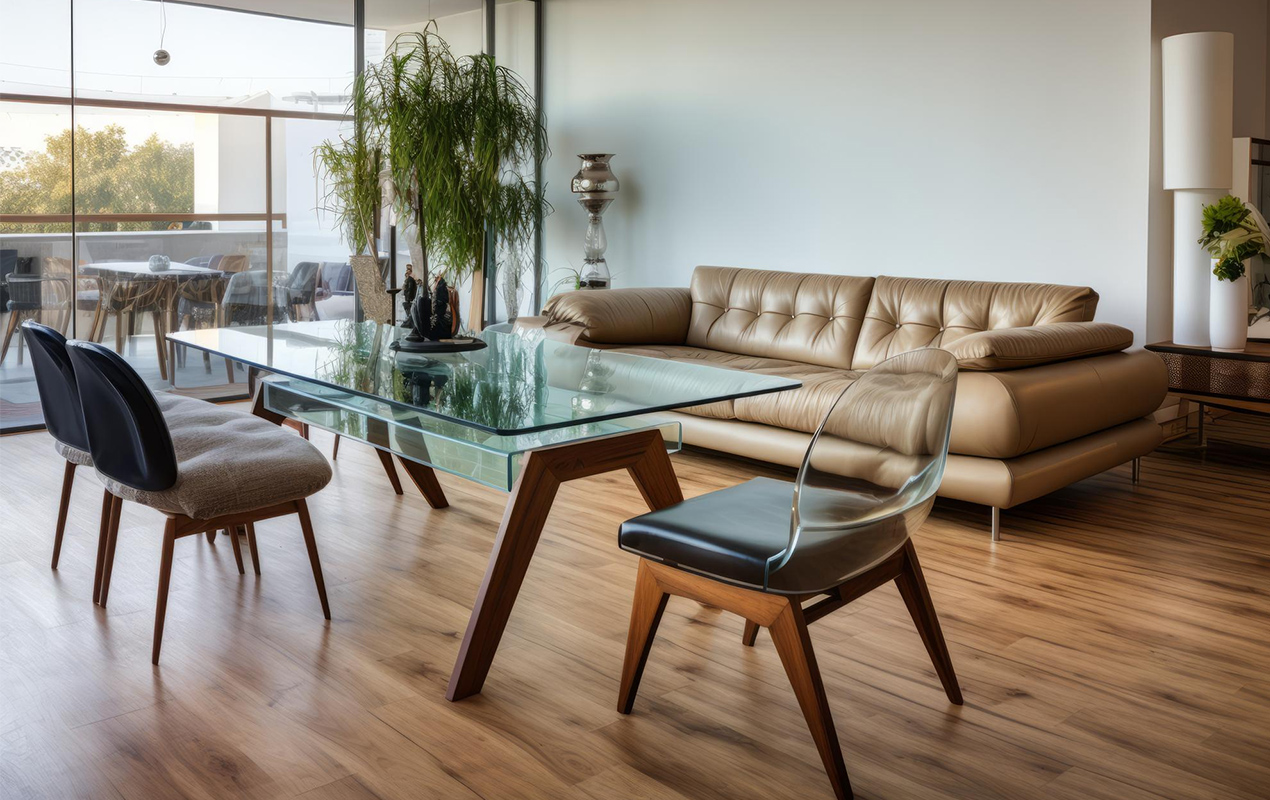
Photo by Sergeyparser from Freepik
Final Thoughts: The Glass Ceiling (or Lack Thereof)
So, do glass tables really make rooms look bigger? The answer, in most cases, is a resounding yes!
With their airy transparency and ability to reflect light, glass tables can indeed make rooms feel bigger and more open. They offer a visual lightness that other materials, like wood and metal, sometimes struggle to achieve.
But let’s not forget that the magic of glass tables isn’t the only factor at play. Room layout, lighting, color schemes, and design all contribute to the perception of space. A glass table is like a powerful tool in your design arsenal, but it’s not a miracle worker.
When choosing a table, consider your specific needs and style preferences. If you’re tight on space or crave an open feel, a glass table might be the ideal solution. But, if you prefer the solidity of wood or the industrial edge of metal, don’t be afraid to embrace those materials instead. And who knows, maybe a glass table is the missing piece that will reshape your home into the sanctuary you’ve always dreamed of.
After all, isn’t it amazing how a simple design choice can alter our perception of reality? The right table can make a room feel not just bigger, but brighter, more inviting, and full of possibilities. So, go ahead, experiment, and discover the transformative power of design in your own home.

